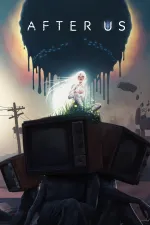Our extra-large special edition is here. Subscribe today and receive the 25% longer issue at no extra cost!

After Us Review
As a development team, the members of Piccolo Studio have an apparent interest in artistic interactive representations of uncomfortable realities. Their previous project, Arise: A Simple Story, was an affecting and powerful portrayal of death and heartbreak. After Us has broader ambitions, telling an allegorical tale about life after humanity and the complicated and often-devastating relationship we have always had with nature. The conclusions it leaves to the player to draw on those subjects are thematically heavy-handed but still impactful. The traversal-focused adventure that gets you there features moments of brilliance and beauty but some frequent frustrations along the way.
Players control a nymphlike girl who embodies the spirit of Gaia, moving through a world long left in shambles by human mishandling. Across an impressive variety of large interconnected stages filled with symbolic representations of nature’s destruction, players leap, sprint, and flit to chase down and recover the spirits of animals driven to extinction by humankind’s arrogance.
After Us’ most memorable elements are these surreal landscapes, filled with towering monuments to consumerism, piles of refuse, and towering human statues in anguish over what they’ve wrought. I looked forward to discovering each new destination. As exploration continues, the discovery of different animal spirits begins to populate each area with ghostly blue apparitions of the long-dead animals, sad and moving in equal measures.
The core gameplay of jumping and fighting back the devouring human spirits along the way fails to hold up to the surrounding visual feast. Leaps and other traversal mechanics are often imprecise, leading to too many respawns because landings are so floaty and hard to detect. The infrequent and rudimentary battles lack even the most basic abilities to lock-on or move laterally, resulting in strange retreats to gain some distance before the occasional quick turn to fling out an attack. I was eager to push past those moments and get back to exploration.
Most areas introduce clever new twists and gimmicks that help to keep the action lively. In one ruined landscape, I had to dodge between covered areas before the poisoned rain dragged me down. In another, I could teleport between abandoned televisions if they were tuned to the same image. Light puzzle solving comes into play with these new mechanics, but the solutions are rarely involved or complex.
While I was entranced by each locale I visited, each place I uncovered seemed to drag on too long. After Us is a game that could have scaled back on its scope and size significantly, and I would have felt its impact all the more. As it is, the long stages and vaguely ethereal music sometimes have a soporific effect.
After Us poses some well-tread but timely questions about our impact on the world and its living things. However, optional discoveries throughout the game suggest that Piccolo is trying to present a slightly more ambivalent take on the subject. Some of that is best left for the player to discover for themselves. I recommend After Us strongly as a piece of visual artistry. It’s less successful as an interactive experience, but none of its problems are so glaring that it should dissuade someone from discovering its striking and haunting world.
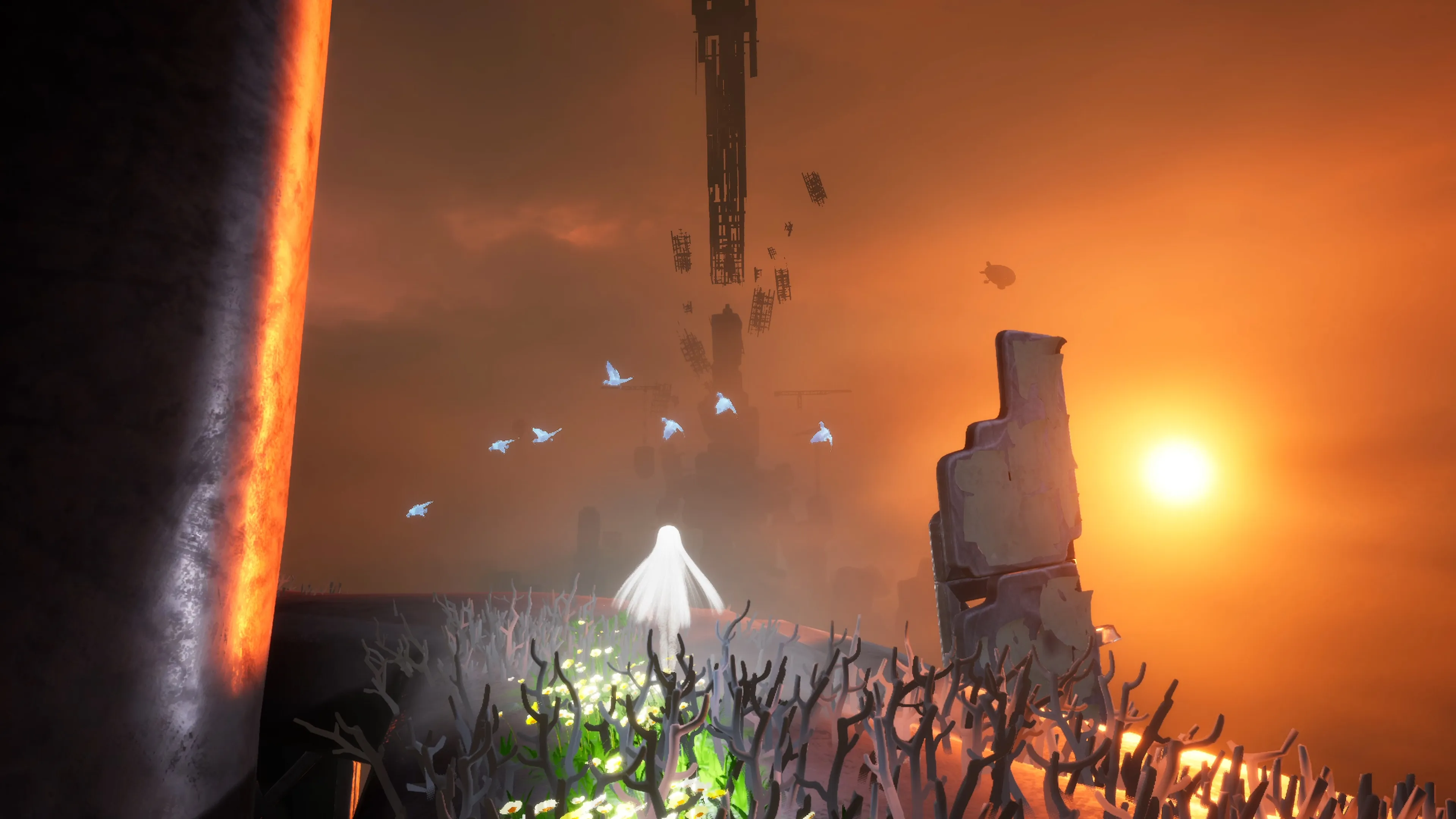
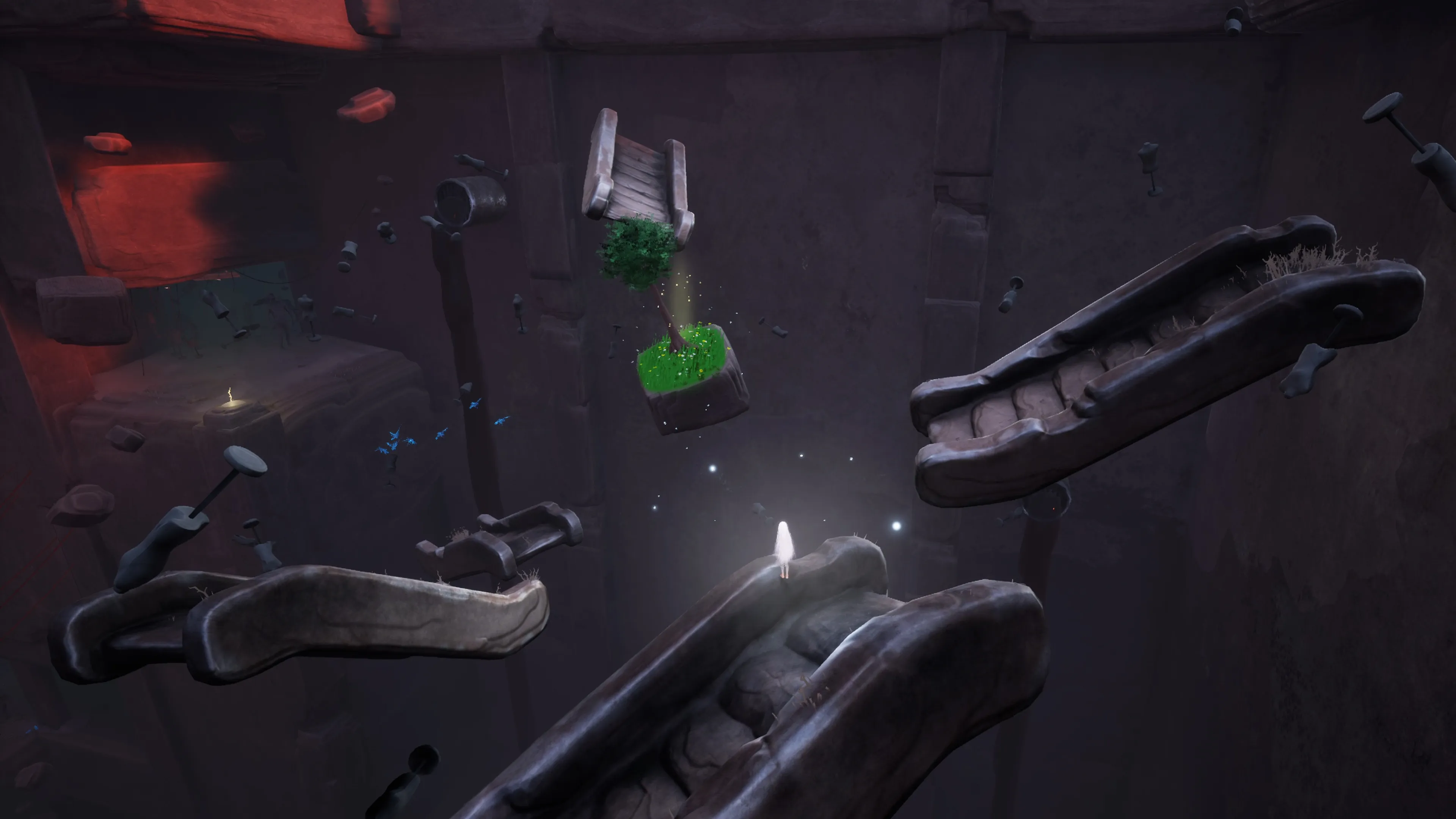
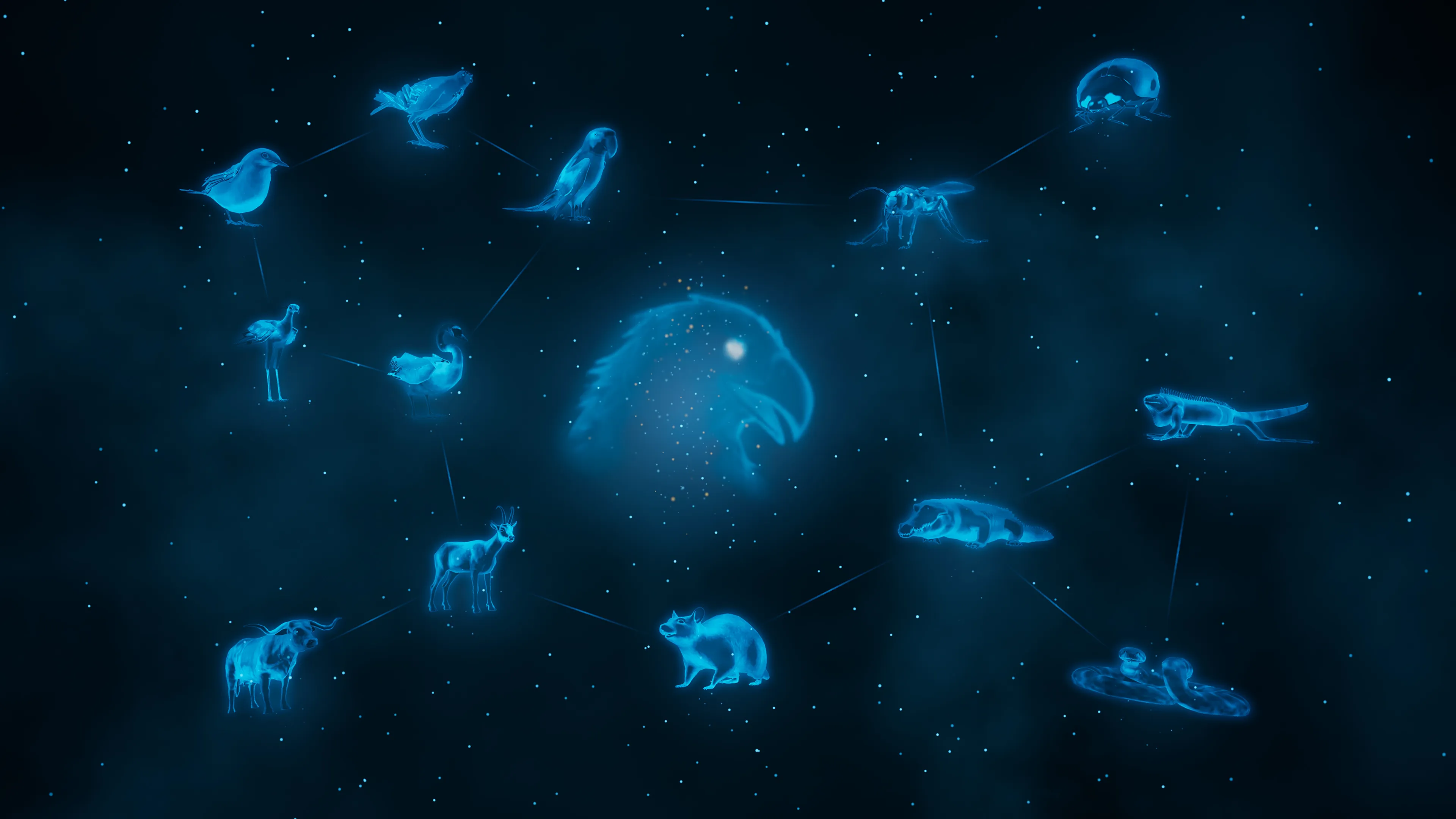
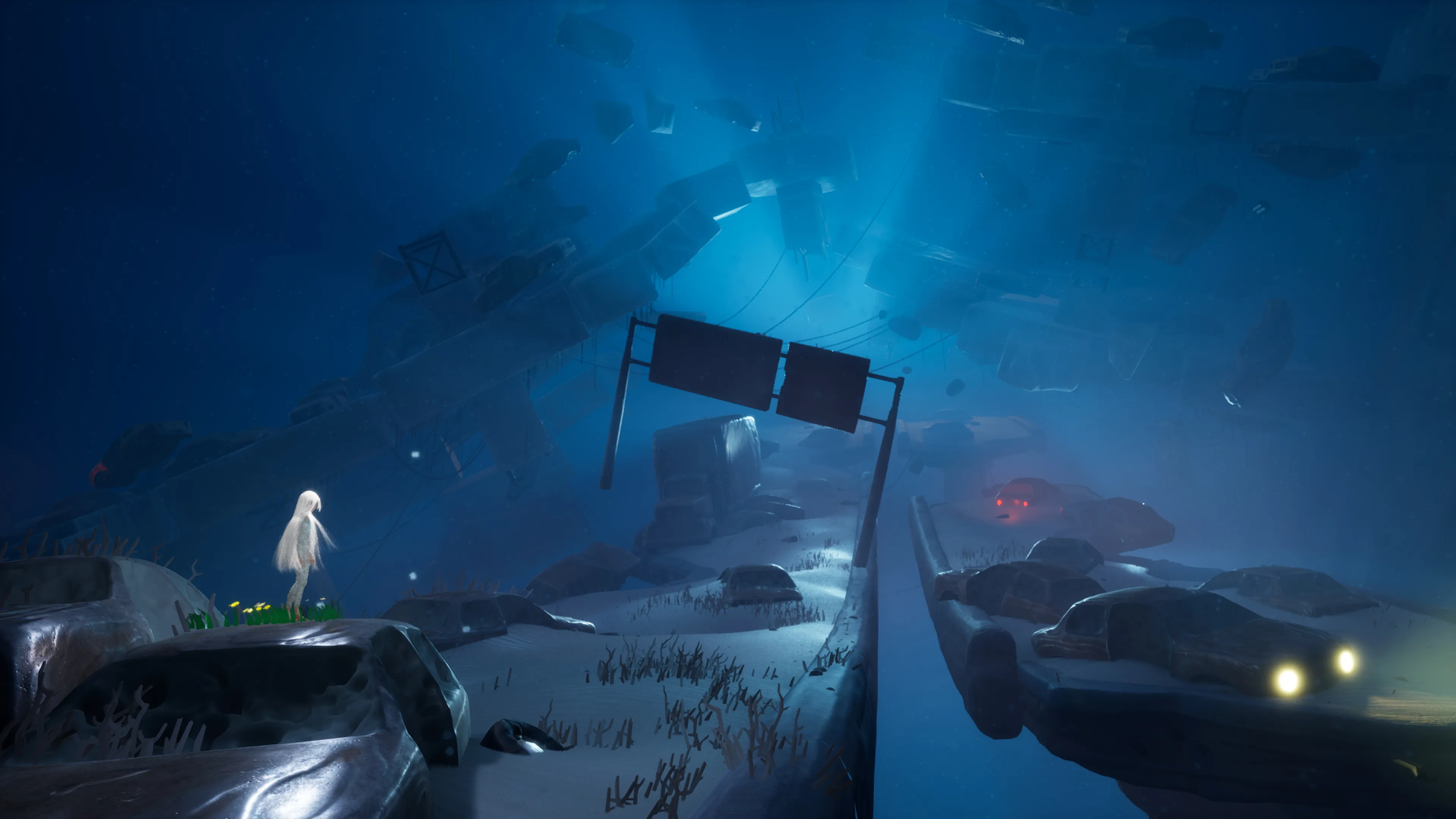
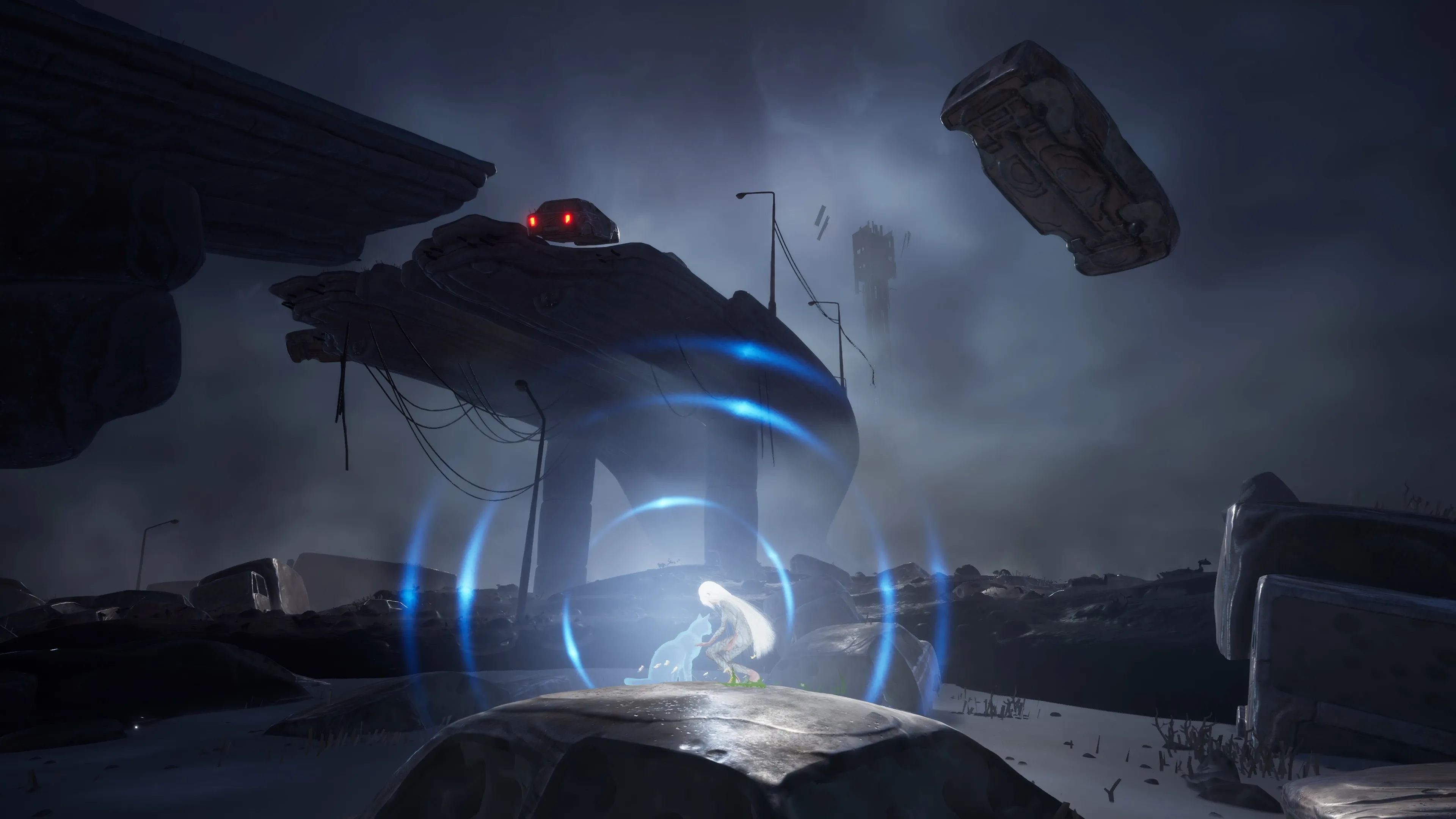
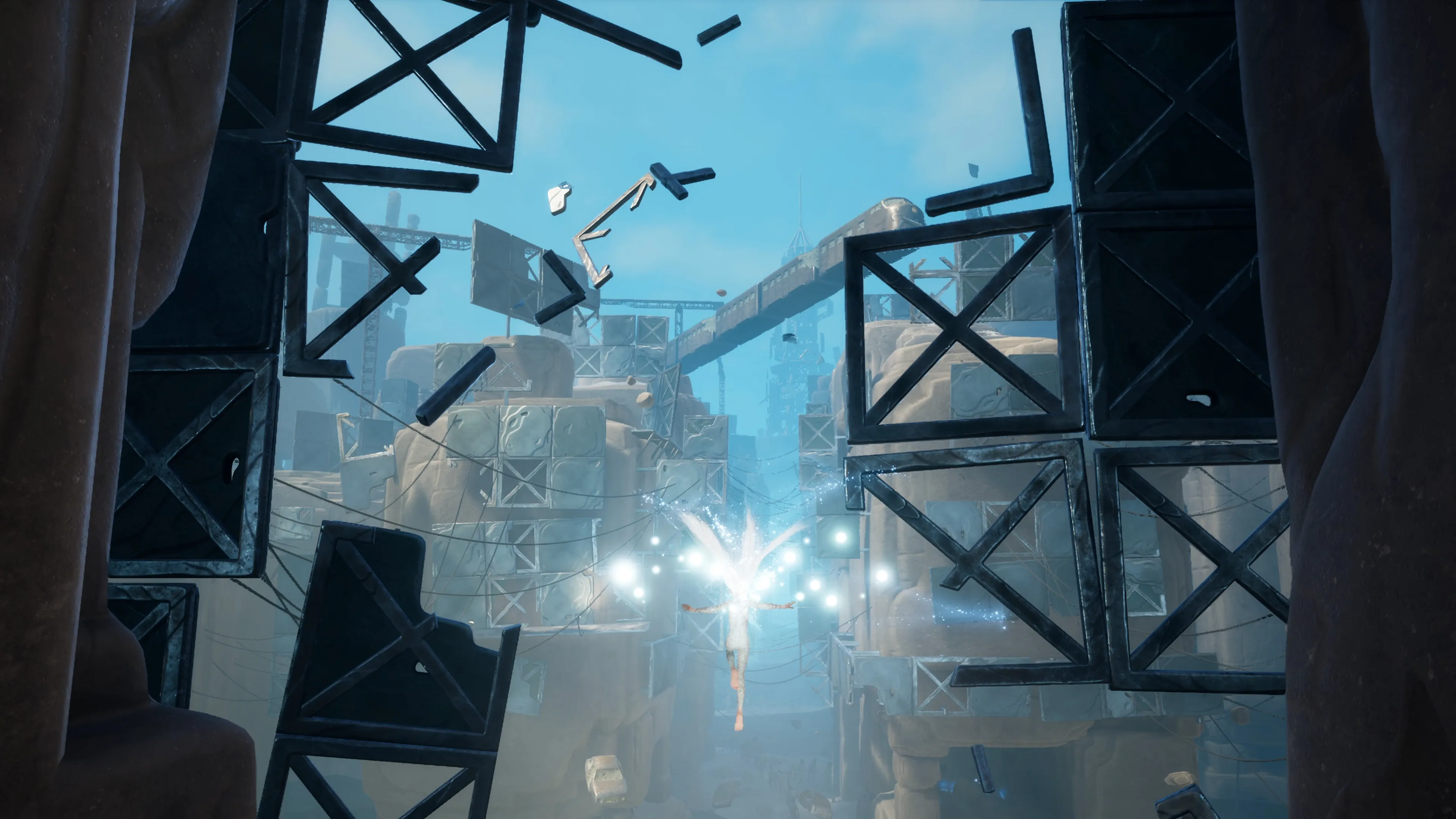

Get the Game Informer Print Edition!
Explore your favorite games in premium print format, delivered to your door.
- 10 issues per year
- Only $4.80 per issue
- Full digital magazine archive access
- Since 1991
